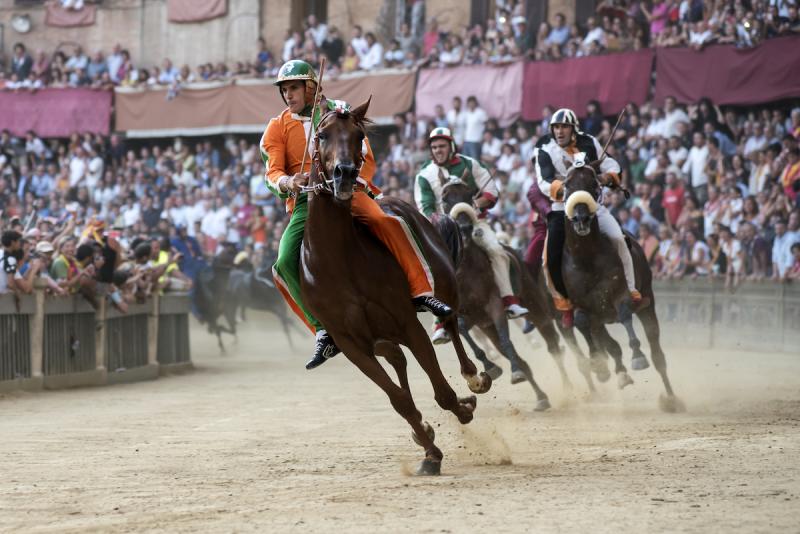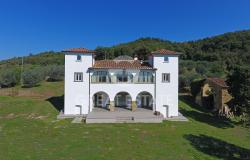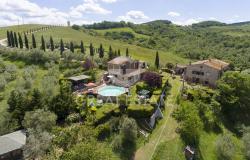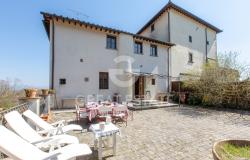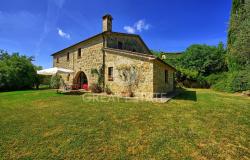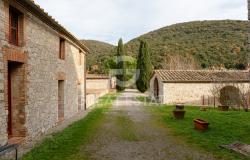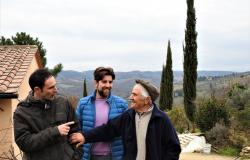Imagine it’s July 2, 2022, and you happen to be in Siena. Screams echo and tears well up in the eyes of people around you. Faces appear almost deformed by passion. Majestic creatures parade through the city. Shivers overtake you and your skin tingles. What you are experiencing is not a scene from a Fellini film. It’s real life. It’s the Palio, and it’s back after three years.
Prior to July 2, the last Palio was on August 16, 2019. And it’s a big event, even bigger than it used to be. We weren’t sure if it would go ahead this year, but it’s back and making up for lost time. Seeing the Piazza del Campo full of people — people waiting, hoping and celebrating, just excited to be out and about again — was an intensely communal, emotional experience. It was a difficult race; in the end only six contrade (historic districts) ran, not the usual ten. Drago (the Dragon) won.
Of course there was controversy, frustration, disappointment, delight — all the usual markings of any high-stakes sporting event — but, after three years with no Palio, joy was the main feeling in the air. With the rhythm of the drums dominating each square, the colors of the flags in the windows and the heated passion in Piazza del Campo, Siena seemed to have woken up after a long slumber.
And yet, procedurally, or technically, all that really happens in the Palio is a lightning-fast dash around a shell-shaped, tuff-covered square. All of that drama, visitors might think, just for a horse race? What’s the fuss about?
More of a sacred rite than a race
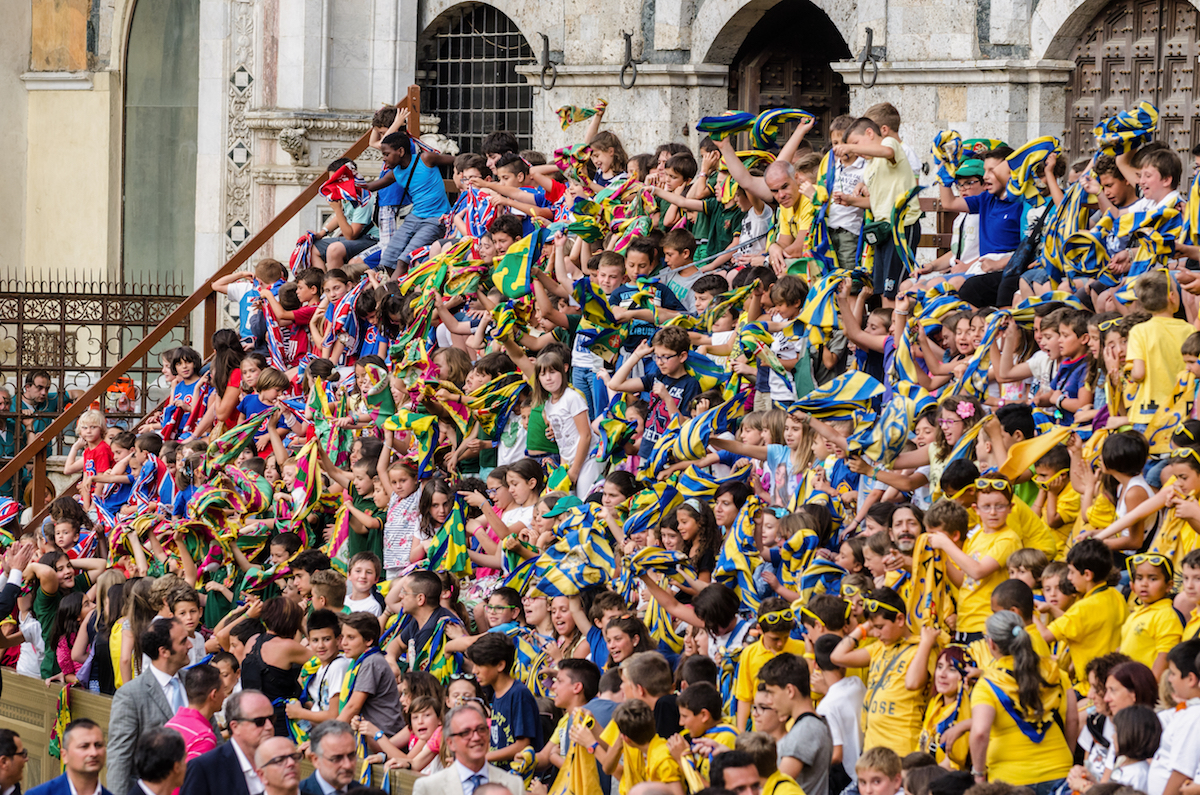
The Palio is a way of life. People were deprived of it for almost three years because of the pandemic. Since March 2020, they have been waiting, meeting up when possible, often masked and distanced. Now, their energies are renewed and sights are set on the hand-painted cloth, called the Drappellone or Palio, that’s awarded to the winning contrada. It’s not so much about the artistic value — though the cloth is always painted by a famous artist — but about the glory and community embedded into the fabric.
Community is everything at the Palio. There are 17 contrade, but only ten take part in each race. Relics of the old Republic of Siena, most contrade have animal names, from Istrice (Porcupine) to Pantera (Panther) to Oca (Goose). In a chaotic, jaw-dropping carousel of colors, silk and velvet costumes, traditions and flags, these contrade and their people take part in the event twice a year, on July 2 and August 16. The ten horses best suited for the race are chosen from a pool of available contenders. Then, the mayor of Siena, in a dramatic drawing, assigns one purely by chance to each of the ten racing contrade. (The jockeys, though skilled and handsomely paid, are chosen secondarily.)
After five trials, the Big Race happens in the evening on the designated Palio date. The winning contrada and its people will then celebrate for days on end, with themed processions and songs, carrying the Drapellone all over town, before taking it to their Contrada’s museum for posterity. All 17 museums are living testament to the magic of the Palio, tracing memories of it since it began in 1652.
Translating the contrada: why “district” won't cut it
The Palio is made of hearts beating together as one within each contrada. Only one wins. There is no such thing as second place in the Palio. One winner and nine losers in tears; that’s just how it works.
“Contrada” is always translated into something technically true but woefully inadequate, like “historic district.” (I’ve done it myself above). But it’s not just a district or ward — not the sort of thing that can be reduced to such bureaucratic or organizational terms. It’s a second family where your celebrations become everyone’s celebrations, where babies are baptized, weddings and funerals are celebrated, and the fate of the contrada in the Palio is something that concerns each and every person belonging to it. The contrada people are your people, and you don’t have to be born in Siena to belong to one. (In fact, my sons were both born in England, but they belong to a contrada. My younger son was baptized into Istrice (Porcupine) when he was 9).
In 2022, after all that Siena and the wider world have been through, any fixation on winning or on the Drapellone has been less pronounced than usual. For the first time ever, possibly, it’s really all about the contrade being back together in the square again, seeing the groups of children all wrapped up in their flags and themed T-shirts, laughing and singing Palio songs together.
The heart and soul of the Palio’s home city
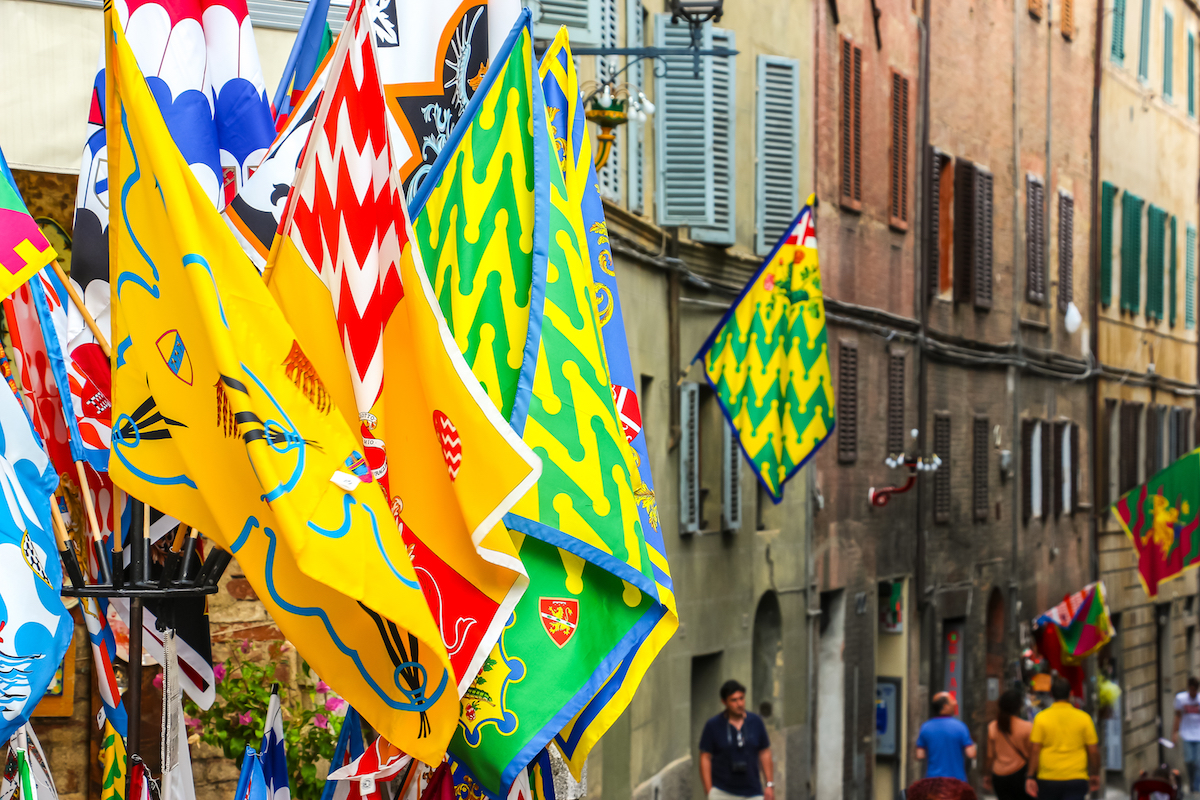
The Palio is not just what you read about in the papers, anyway. It's been staged in Siena for the last 400 years, and when, like any old ritual, it's called into question, usually concern for the horses is the main issue. But there’s a strict vet commission that looks after them before, during and after the race.
The horse is king. You'll often see the contrada people (not just the Barbaresco, or horse attendant) hugging their Palio horse in tears, talking to it gently, in an adoring tone. If the jockey falls during the race, usually without consequence, the horse can still win. Its primary role and its wellness matter in each moment of the four-day feast more than anything else.
Care is taken with everyone involved, however. Teenagers spend days and days safely in their “second families”, helping with and voluntarily promoting contrada events. They feel intensely part of it; there’s a sense of community that surely has a bearing on Siena’s low crime rate. (In fact, out of 107 Italian towns, Siena was ranked 15th in 2021 for its lifestyle, culture, lack of criminal activity and overall happiness.)
I’ve touched on what some of the guidebooks will tell you, what I myself can tell you, but the soul and the heart of the Palio lie beyond the realm of explanation. They lie in belonging, in love, in networking and friendship. That’s reason enough to saddle up for another 400 years.
